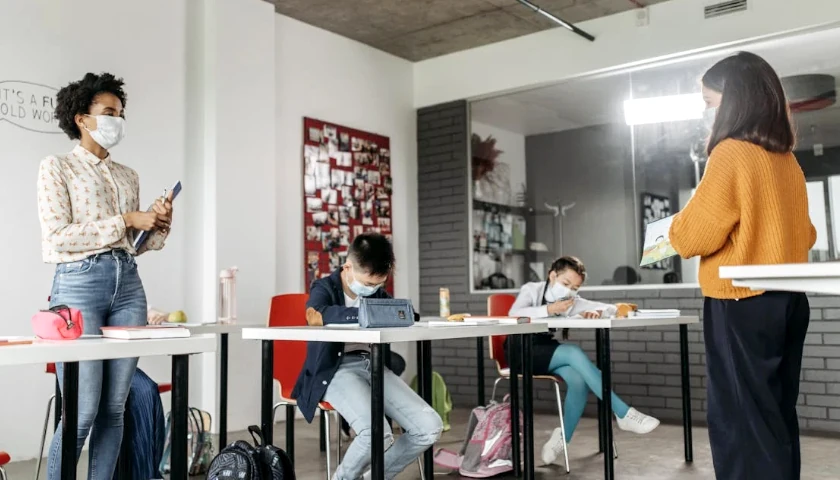by Kerry McDonald
Two weeks ago, three unlikely bedfellows joined forces to announce their intention to cut K-12 chronic absenteeism in half by 2029.
The right-leaning American Enterprise Institute, the left-leaning Education Trust, and the nonprofit organization Attendance Works revealed their plan in Washington, DC. The coalition hopes to combat chronic absenteeism, defined as students missing 10 percent or more of school days in a given academic year, by implementing a variety of initiatives, including home visits and similar interventions. Chronic absenteeism rates more than doubled during and after the Covid response. The goal is to reduce these rates to pre-pandemic levels, or around 13 percent.
Beyond the creepiness of random home visits by school-related personnel, the trouble with proposed chronic absenteeism fixes is that they miss the point: Many students don’t want to be at their school.
We have collectively internalized the sad notion that school is drudgery, that most kids would rather not be there, but—like eating their peas—they must endure it, and, if they don’t, their parents will go to prison. Good ideas don’t require force, and compulsory school attendance laws have been a bad idea since their inception here in my home state of Massachusetts in 1852.
Even with these laws, however, the fact that so many students are staying home rather than going to school should signal that school is actually the problem—not students.
The innovative schools and spaces I spotlight each week are places where young people want to be. I consistently hear stories from parents and teachers who say that their students are sad when school vacations start or when snow days cancel school. One group of students at a new microschool in Pennsylvania literally squealed in delight upon hearing that their school would run year-round, without stopping for summer break.
Joyful learning is possible. It’s real. There are schools and spaces where teachers and students are happy and engaged. Already low in cost, these creative schooling options are more financially accessible than ever before thanks to expanding private school-choice programs that enable education dollars to follow students.
Cracking down on chronic absenteeism by adding more layers of coercion ignores the reality that today’s mass schooling models are highly undesirable. If you want kids to go to school, invest in the schools where kids want to go and the everyday entrepreneurs who are building them.
– – –
Kerry McDonald is a Senior Fellow and Leader of the Education Entrepreneurship Lab at FEE and host of the weekly LiberatED podcast. She is also the author of Unschooled: Raising Curious, Well-Educated Children Outside the Conventional Classroom (Chicago Review Press, 2019), an adjunct scholar at the Cato Institute, education policy fellow at State Policy Network, and a regular Forbes contributor. Kerry has a B.A. in economics from Bowdoin College and an M.Ed. in education policy from Harvard University. She lives in Cambridge, Massachusetts with her husband and four children.





